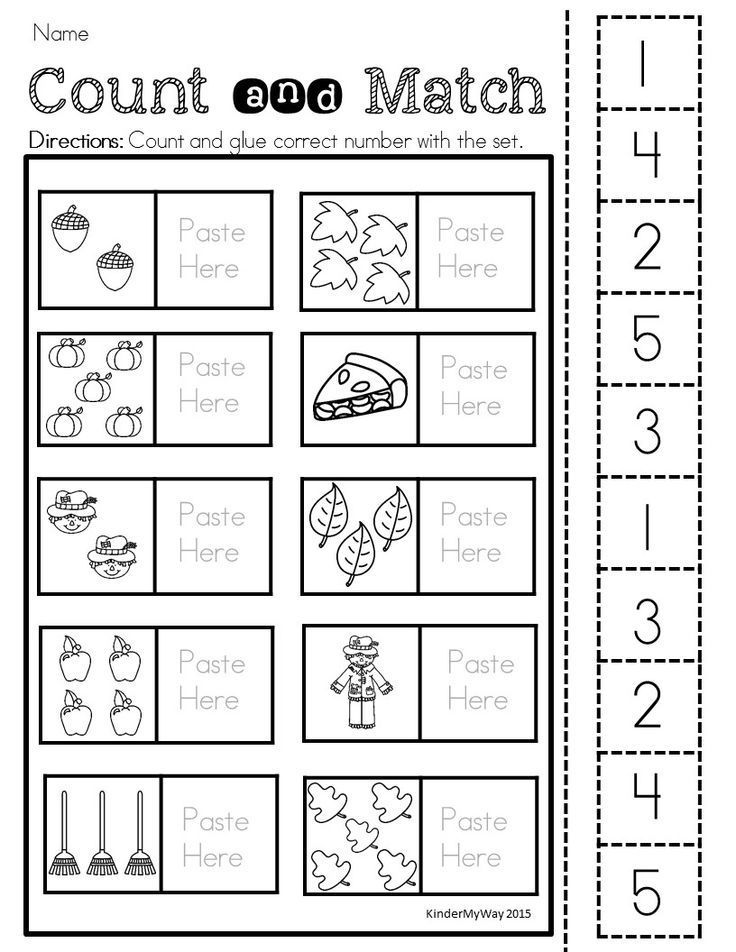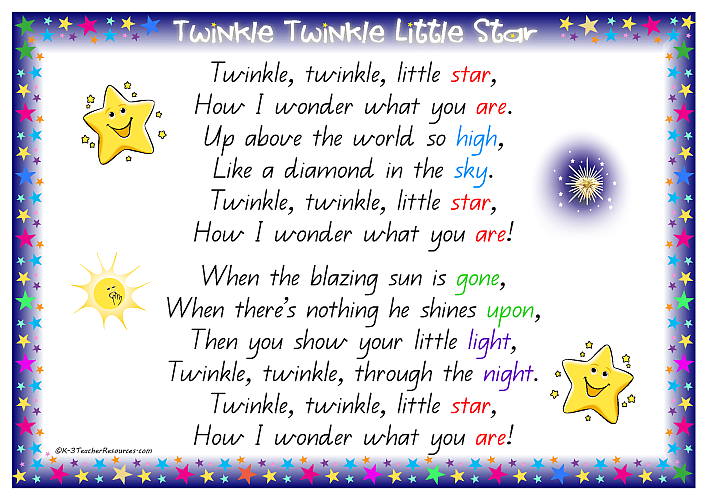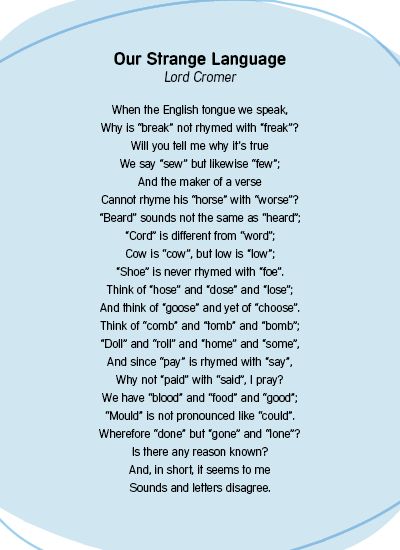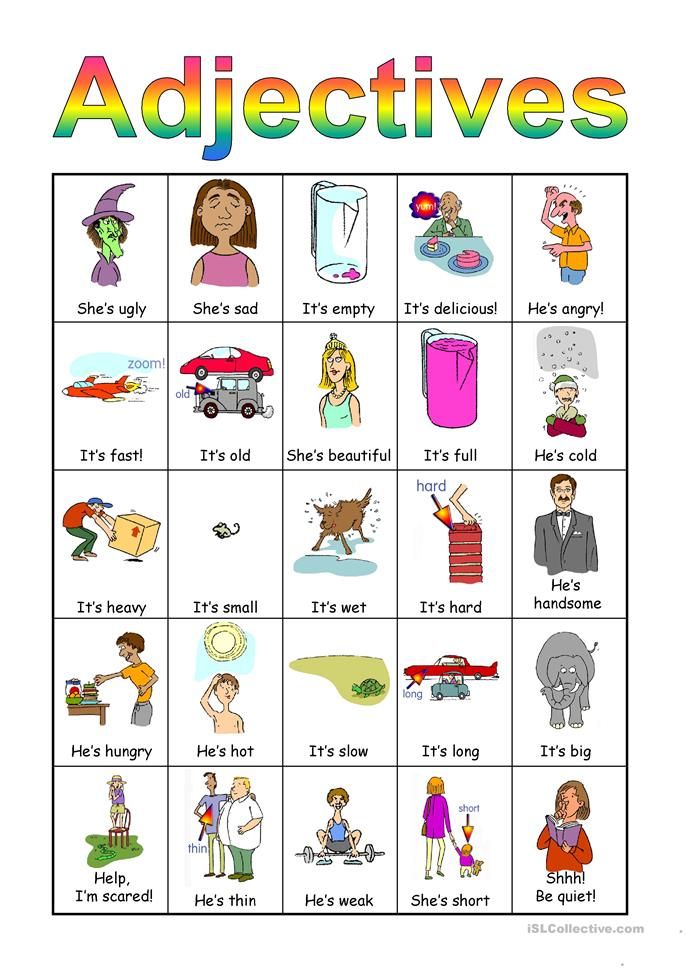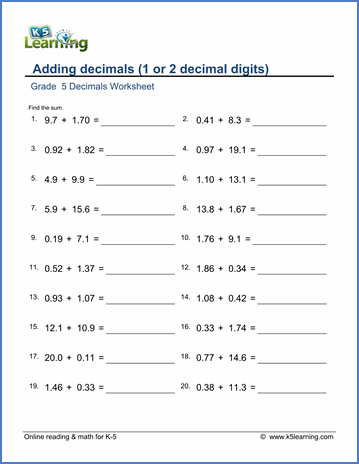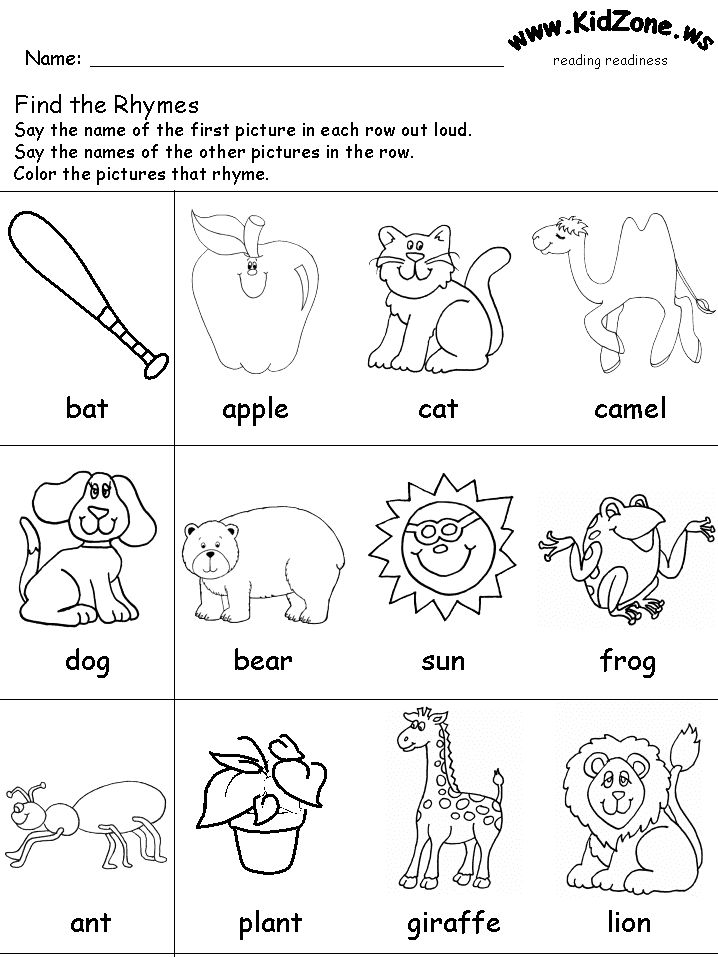Learn to read for toddlers
Steps to Teach a Toddler to Read
Wondering how to teach a toddler to read at home? How to teach a 2-year-old to read?
Start by reading to your child every day. Teach them that books have meaning, are important, and most of all – fun! Encourage them to guess what will happen next and point out letters to informally teach them letter recognition. Keep it simple and exciting, and most of all fun. Preschoolers learn most through play.
What Research Tells Us About Toddlers Reading
Teaching toddlers to read is an insurmountable task you may not feel qualified to take on. However, research teaches us that there are things we can be doing to help equip toddlers to read. Teaching a toddler to read involves not only focused efforts but also reading aloud to the toddler (Frey, 2015). According to the same study, parents can build a child’s vocabulary simply by talking to the child, but the best way to boost vocabulary is by reading (Massaro, as quoted in Frey 2015).
Interestingly, reading aloud to children helps boost not only their vocabularies but also their understanding of grammatical rules and nuances which forms the basis for later learning to read. Simply talking to children also helps boost their vocabularies as well. The more parents talk to their children, the higher their IQs tested at ages three and above (Frey, 2015).
Starting to Teach a Toddler to Read
With all the positive research supporting the idea of reading for toddlers, you may come away from this wondering just how you’re supposed to do that. Below, we’ve collected several fun and easy-to-implement strategies for teaching a toddler to read.
- Read to your toddler. The above research shows how important this step is. Children who are read to become literate, period. Even when your child can read independently, it’s important to read to him or her.
- Teach the letters of the alphabet. Even within this step, there are various schools of thought on how to go about doing this.
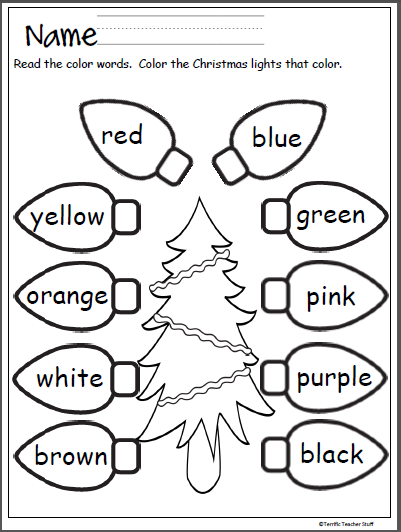 Teach basic letter recognition to begin with. And be sure to make it a fun game!
Teach basic letter recognition to begin with. And be sure to make it a fun game! - Sing and teach letter songs. This goes along with step 2 and helps solidify what your toddler is learning. It also takes the alphabet from the abstract to the concrete when toddlers can relate what they’ve been taught to something else they’re being taught. An online preschool curriculum is perfect for this!
- Teach short words. Some parents prefer to teach the alphabet first while others skip that step and move
Click here for free letters and word cards!straight into teaching short words. In the toddler years, we’re mainly focusing on stimulating the child’s ability to recognize and memorize letters, numbers, shapes, and colors. What a perfect time to teach short words!
- Ask questions. Asking your child questions encourages interaction with the book you’re reading. It’s also pivotal in helping your child understand comprehension questions down the road.
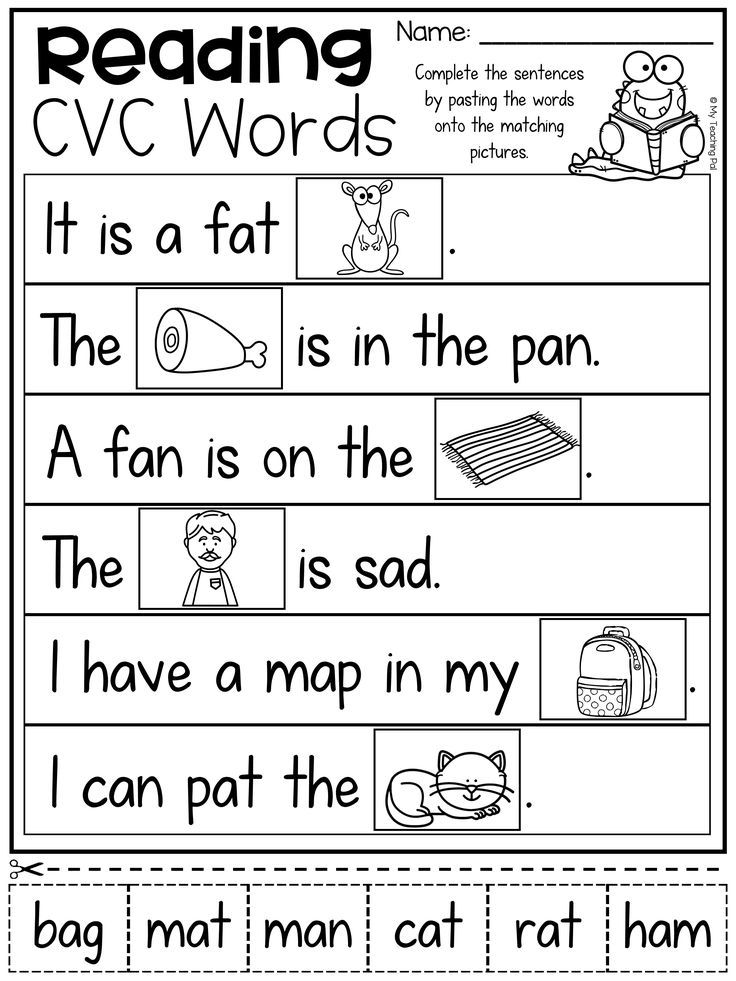 Reading and fluency are certainly worthy goals, but our ultimate goal should be comprehension. Since we’re talking about toddlers here, you could ask simple questions such as “Do you see the dog?” or “Is the house red?” Simple “yes” or “no” questions will suffice.
Reading and fluency are certainly worthy goals, but our ultimate goal should be comprehension. Since we’re talking about toddlers here, you could ask simple questions such as “Do you see the dog?” or “Is the house red?” Simple “yes” or “no” questions will suffice. - Be a good example! If your child never sees you reading and if you don’t supply him or her with plenty of book options, it’s possible he or she will take very little interest in reading. Children learn by example and seeing you read frequently will go a long way in igniting his enthusiasm for reading.
- Point out letters in their natural settings. For instance, when you spot a stop sign, you could point out the letters to your young toddler or ask him or her what letters he or she sees. In your nursery, if you have your child’s name on the wall or on a baby book, take the time to point these things out to him. Seeing letters “in use” rather than just as abstract concepts will solidify the meaning of reading for a purpose to your toddler.
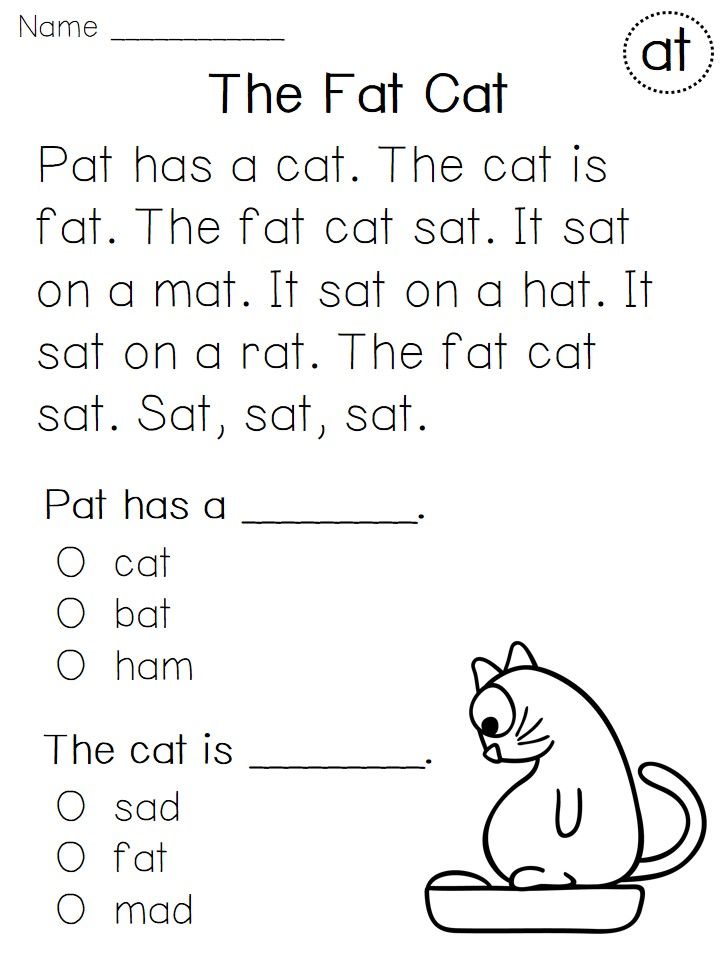
- Use a multisensory approach. In addition to teaching your toddler the letter sounds and names, incorporate other senses in your teaching. For instance, a soft piece of material your toddler can gently rub will help make sense of the word “soft” and possibly even the letter “S.” This is a good time to do alphabet crafts with your toddler. He or she will soon come to relate letters and their sounds with images that begin with those letters.
- Become familiar with decoding words. Decoding will help your toddler learn to read faster. Instead of stumbling over letter sounds or digraph combinations, your toddler can begin understanding the way letter combinations work together to form words.
- Use word families. Word families are words that end in similar sounds but have different beginnings. Examples include “-op,” (pop, mop, top, etc.) and “-at” (fat, rat, cat, mat, etc.).
It’s hard to believe, but your toddler can read! With patience and persistence, you can implement the above ideas and have your child on his or her way to reading!
Discover more Free Preschool Printables for your homeschool.
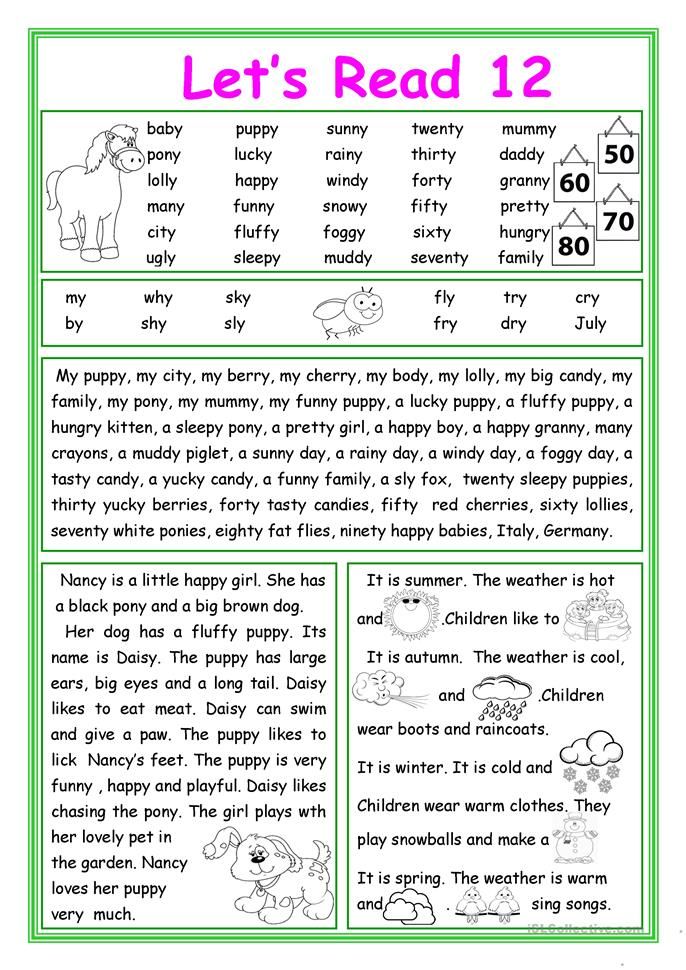
#HOMESCHOOL RESOURCES, #PRESCHOOL
Latest Posts
FEBRUARY 17, 20235 Effective Resources for Middle School Math
When teaching middle school math in your homeschool, you play a critical role in shaping your children's mathematical understanding and confidence. You are introducing them to complex mathematical…
Read more >
FEBRUARY 17, 2023Maximizing Your Child’s Math Skills
Sponsored post by Time4Learning.com Strong math skills are crucial in the emerging job market. It’s no coincidence that educators and business professionals focus on the importance of STEM…
Read more >
FEBRUARY 5, 2023Valentine’s Day Cards and Printables!
Valentine’s Day is a wonderful chance to express love to each other, create fun crafts, bake holiday-themed treats, and generally show your children and family how much they mean to you.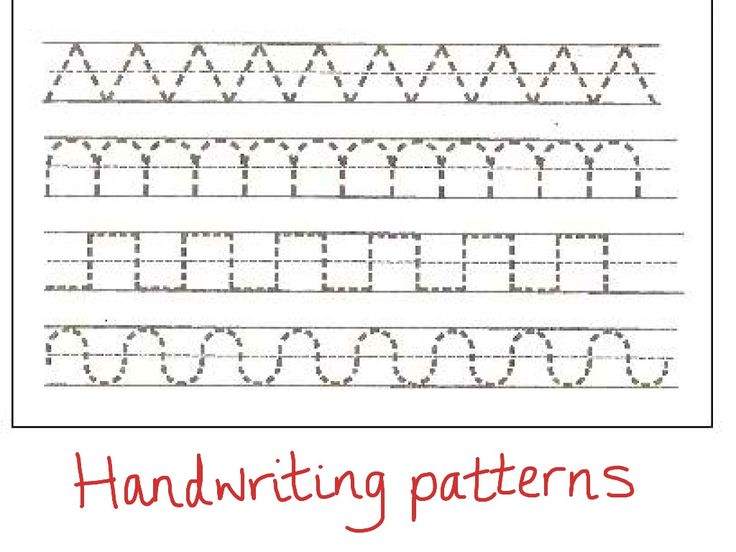 …
…
Read more >
How to Teach a 2 Year Old to Read: Our Recommendations
Can a child read at 2 years old?
Most kids learn to read between the ages of six and seven.
However, a 2-year-old can learn to read. Success requires patience, gentle repetition, and dedication from parents.
Keep in mind that there are no hard-and-fast rules of when a child should start reading because kids’ language development varies. But many factors go into whether or not a young child is ready, such as their level of attention, oral language acquisition skills, exposure to written words.
How 2 year olds learn
According to the National Association for Education of Young Children, play is a significant form of learning at this age. A large part of their development occurs without the need for formal lessons.
However, if you’re looking to start implementing reading lessons, a 2-year-old learns to read through repetition and dedication from the parent.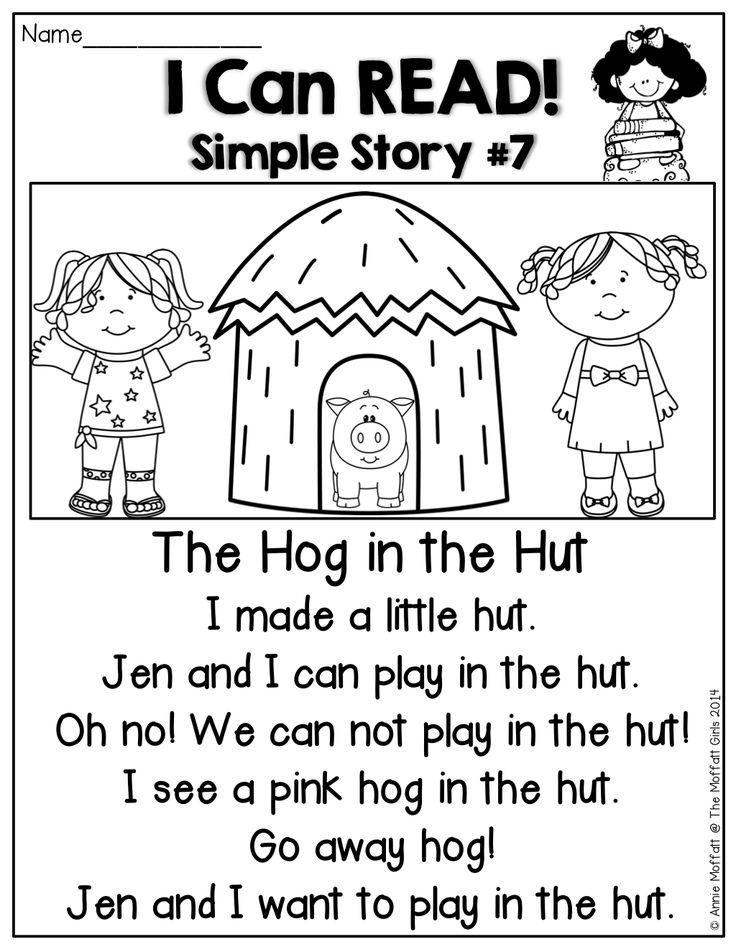 They learn to read by seeing you read, being read to, learning the alphabet, reading a story repeatedly, or playing games with letters.
They learn to read by seeing you read, being read to, learning the alphabet, reading a story repeatedly, or playing games with letters.
Before starting with direct reading lessons, you first need to check if your 2-year-old is interested in reading. So you must take the time to see if your child is receptive to learning how to read.
If they aren’t, wait a few months and try again.
Reading Readiness
Here are some of the language skills a 2-year-old should have which can help you determine their reading readiness:
- Following basic instructions
- Knowing the names of pets, siblings, and “mommy” and “daddy.”
- The ability to talk in short 3-4 word sentences
- Finishing sentences in rhymes, they’re familiar with
For more, read our article explaining the different reading milestones by age.
Whatever you do, make sure that you don’t force early reading; it can have disastrous consequences if your little one becomes put off by books altogether due to feeling pressured or otherwise frustrated during their first few lessons together as a parent-child duo.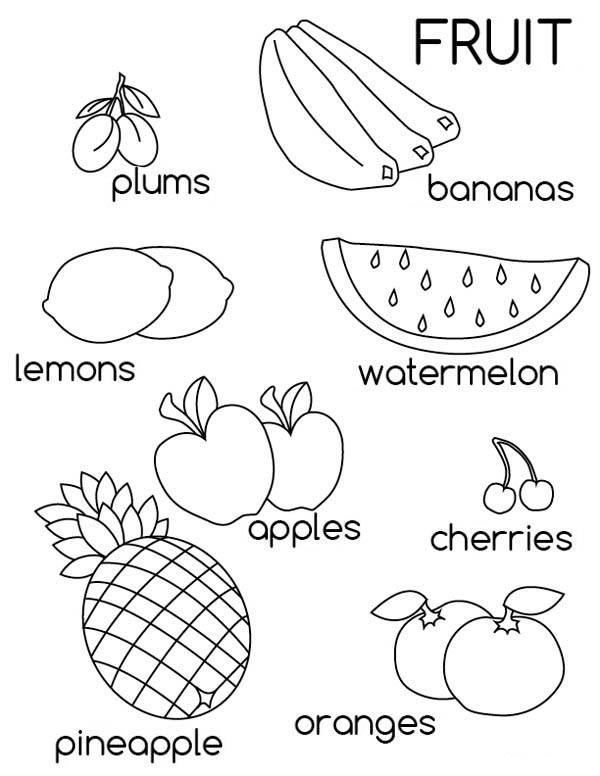
These are supposed to be enjoyable and engaging experiences!
How to teach your 2-year-old to read
In this section, we will discuss the different ways to help develop your 2-year old’s literacy skills so that they can learn how to read.
Except for direct reading lessons, all of the tips below can be implemented with most 2-year-olds, even if they aren’t ready for explicit instruction. The earlier a child is exposed to these basic recommendations, the better.
Read to your child every day
Parents should use their fingers to trace along the words on the page when reading to children, so they begin connecting letters with what is being said.
At this age, they will mainly be interested in the pictures. However, as the months go by, their little minds start recognizing letters as meaning something more than just shapes or symbols on a page – but words that can tell an entire story!
Whenever you read a story, make sure that you use different voices for each character to make it a more engaging and fun experience.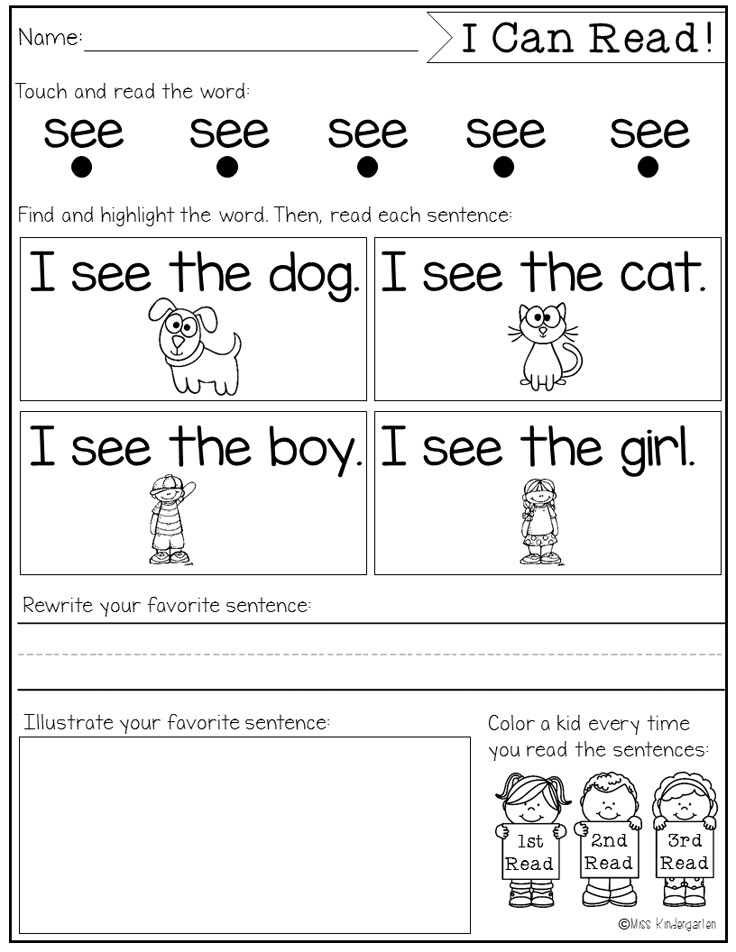 This will go a long way to instilling a love for reading that will last a lifetime.
This will go a long way to instilling a love for reading that will last a lifetime.
Discuss the stories and ask questions
Encourage your child to look at pictures and ask them questions about what they see. You can do this by asking, “What color are these cars? What kind of animal is that over there?”
This will get them thinking about what is happening in the story and help to improve their comprehension skills.
Teach them about books
Teach them how to hold a book, read from left to right, and understand how they should turn the pages.
Young children often think that books are only for looking at pictures, so it’s important not to discourage exploration of the book but also make sure that you emphasize how reading is an interactive process where we can learn new things and even control how the story unfolds.
Recommended books for 2-year-olds
Simple storybooks
Simple storybooks are fantastic because they have big, easy words and colorful pictures on the pages.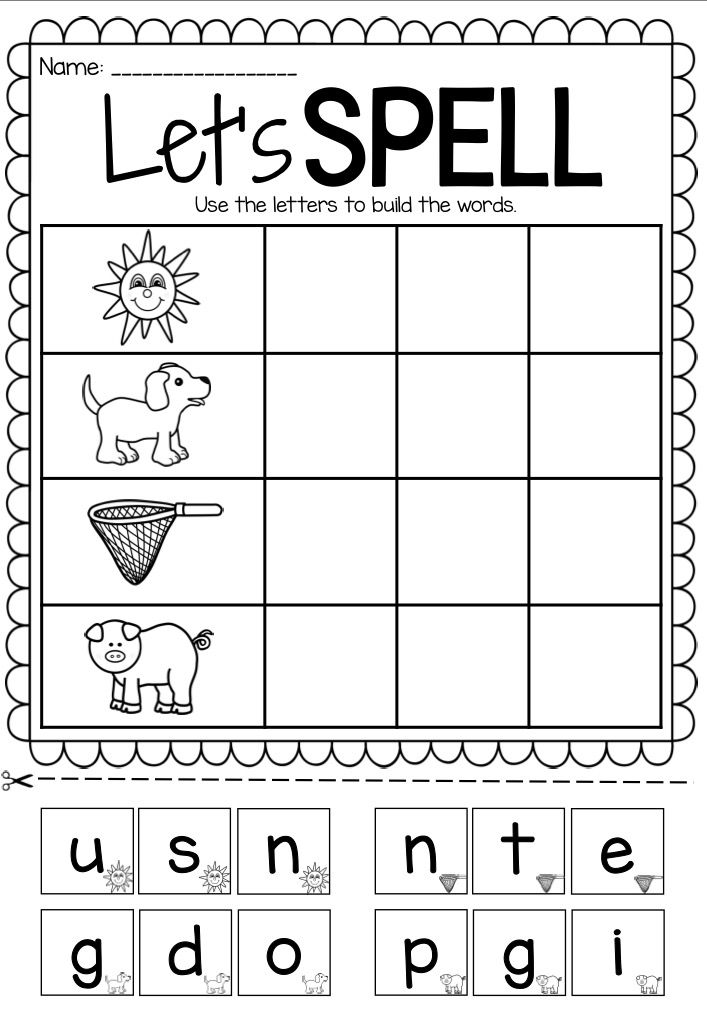 They also have very few words per page, so they’re perfect for children who are just learning how to read.
They also have very few words per page, so they’re perfect for children who are just learning how to read.
Try looking for books that feature a favorite character from their favorite television show or animal book with simple sentences and pictures of the animals doing what is written in the sentence. This way, your child will be familiar with both reading and following along.
Rhyming books
Rhyming books are great for 2-year-olds because they allow them to memorize the words by repeating them. They can also interact with the story by following along with the words and pictures.
Another point in favor of rhyming books is that most of them have three or four lines of text per page, making it easier for a child to follow along and see which line rhymes with the last one.
Read alphabet books
Alphabet books are a great way to show children that letters make up words and help them learn letter sounds.
Kids will enjoy looking at the pictures as you read aloud these simple stories about animals or objects, starting with different letters.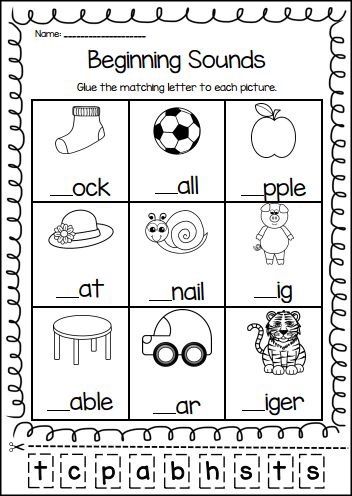 They might also pick out words that begin with those same letters in other books after listening.
They might also pick out words that begin with those same letters in other books after listening.
Developing phonemic awareness
Phonemes are sounds that make up the English language. They consist of consonants, short vowels, long vowels, and digraphs.
Phonemic Awareness consists of learning those letter sounds and how to interpret them within a word.
This skill will help your child learn sounds in words so they can read more easily and fluently and spell better. It will also help with their listening skills because they’ll hear sounds in words easier than before!
Here are some fun ways to develop phonemic awareness
Sing songs and nursery rhymes
Songs and nursery rhymes like Twinkle Little Star teaches children rhyming and helps them hear sounds and syllables in words, which can aid their ability to read.
Learning the alphabet and letter sounds
This is the age where kids usually develop an interest in the letters of the alphabet.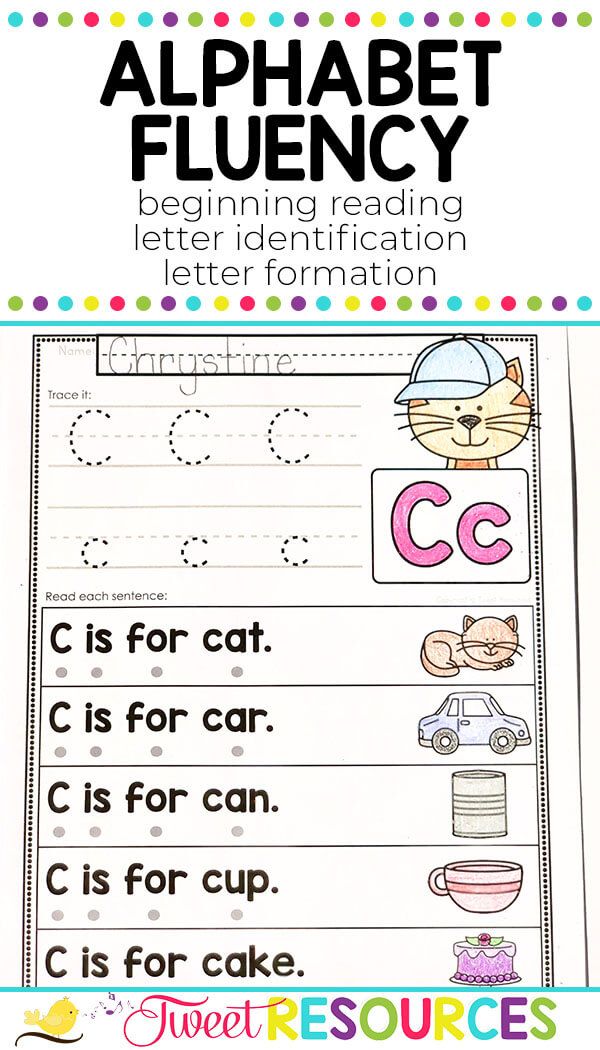 Help them learn their names and the sounds that they make. You can also teach letter senses like recognizing uppercase letters from lowercase letters or seeing which ones have curved lines versus straight lines in different fonts.
Help them learn their names and the sounds that they make. You can also teach letter senses like recognizing uppercase letters from lowercase letters or seeing which ones have curved lines versus straight lines in different fonts.
Play with alphabet toys
Little ones will love exploring the world of letters with alphabet toys. They are great for getting your kids to get familiar with how they sound and their shapes.
Learn the alphabet song
Learning the alphabet song is a fun way to learn the letters and their sounds. Learning the alphabet will help kids to learn to read sooner. Sing it with your child, and you’ll be surprised how quickly they will learn their ABCs!
Get a phonemic awareness focused learn to read program
Phonemic awareness is essential to children’s reading ability because it helps children acquire and use the phonological system, which allows them to understand how words are created.
With a phonemic awareness-focused learning-to-read program, kids can make connections between letters and sounds as they read words.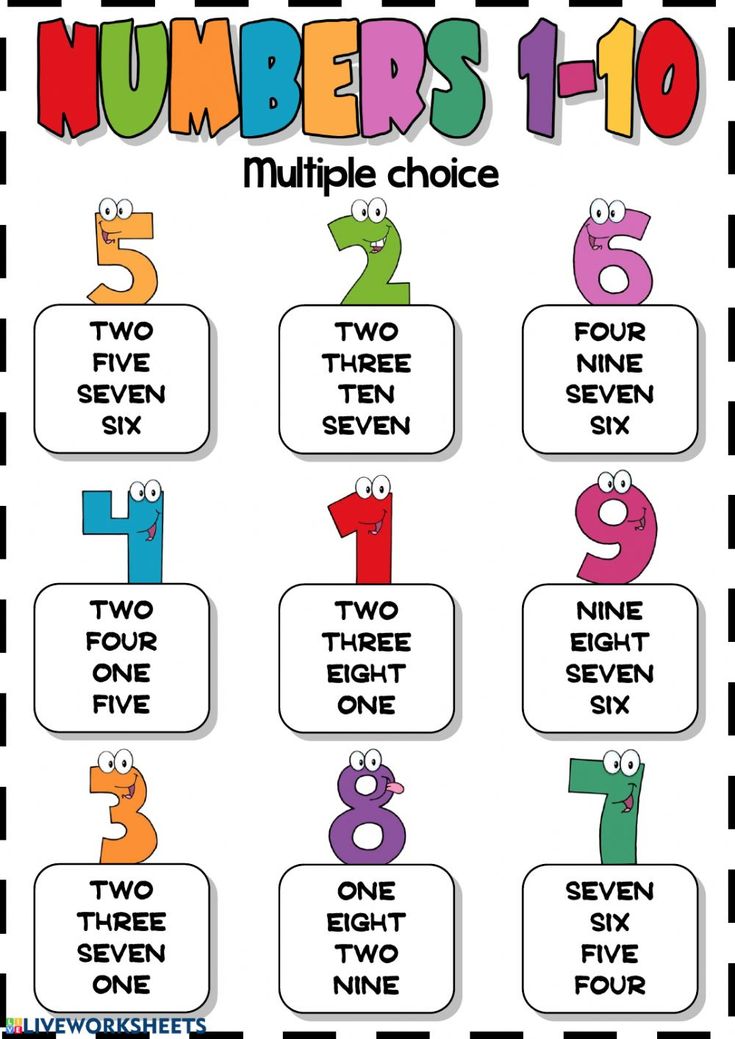 There are many programs out there, and they all have different features
There are many programs out there, and they all have different features
One of the best learning-to-read programs we recommend is Children Learning Reading, as it’s based on developing phonemic awareness and teaching your little one to read fluently.
You don’t have to wait until your child is 3 or 4 years old before you start teaching them how to read.
By the time they are 2, a lot of their brain development has happened. They can make connections between letters and sounds which will help with reading comprehension later on in life.
Start early by reading books every day with them. Books that teach about different subjects like animals, transportation, colors, shapes, etc., ask questions as they go through the storybook together (even if it’s just one sentence), discuss what the book was about at dinner time over food or while getting ready for bedtime rituals.
And if your little one is ready for reading lessons, make sure you invest in a phonemic awareness-based reading program like Children Learning Reading which you can get here.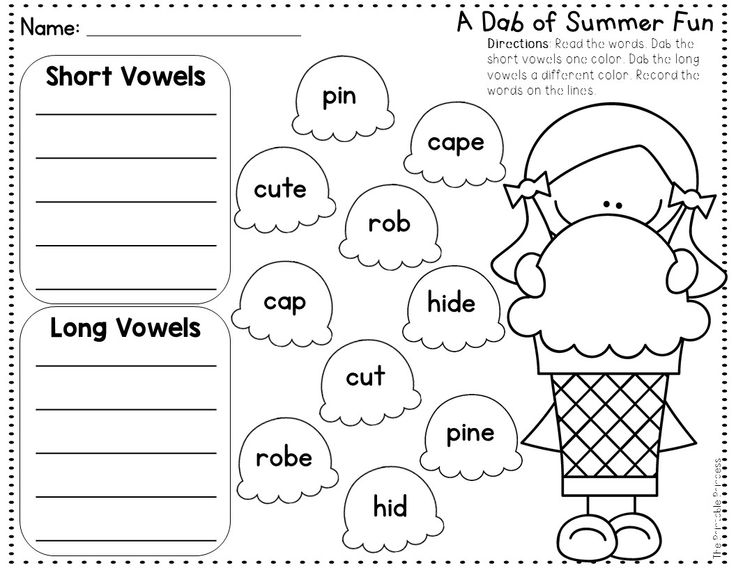
How to teach a child to read: important rules and effective techniques
October 26, 2022 Likbez Education
Teaching a preschooler to read without losing interest in books is real. Lifehacker has selected the best ways for responsible parents.
How to understand that it is time to teach a child to read
There are several signs of psychological readiness.
- The child speaks fluently in sentences and understands the meaning of what is said.
- The child understands directions: left-right, up-down. For learning to read, it is important that the baby can follow the text from left to right and from top to bottom.
- The child distinguishes sounds (what speech therapists call developed phonemic hearing). Simply put, the baby will easily understand by ear where the house and the bow are, and where the tom and the hatch are.
- Your child pronounces all the sounds and has no speech problems.
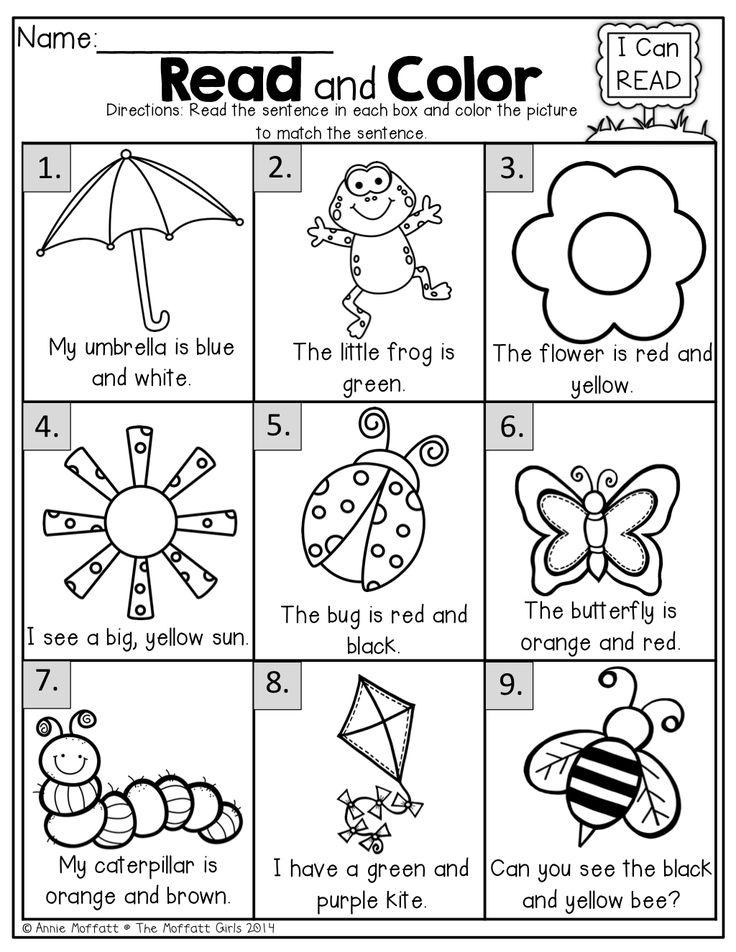
Natalia Zharikova
Speech therapist with 33 years of experience
A child with speech therapy problems does not hear and does not distinguish similar sounds. From here come errors with speech, and subsequently with reading, and even more often with writing. It is very difficult for a parent to identify violations on their own, so usually a teacher or a speech therapist can point this out to them.
How to teach your child to read
Be patient and follow these simple guidelines.
Set an example
In a family where there is a culture and tradition of reading, children themselves will reach for books. Read not because it is necessary and useful, but because it is a pleasure for you.
Read together and discuss
Read aloud to the child and then look at the pictures together, encouraging them to interact with the book: “Who is this picture? Can you show me the cat's ears? And who is that standing next to her?” Older children can be asked more difficult questions: “Why did he do this? What do you think will happen next?"
Don't learn the letters as they are called in the alphabet
Instead, help your child remember the sound the letter makes.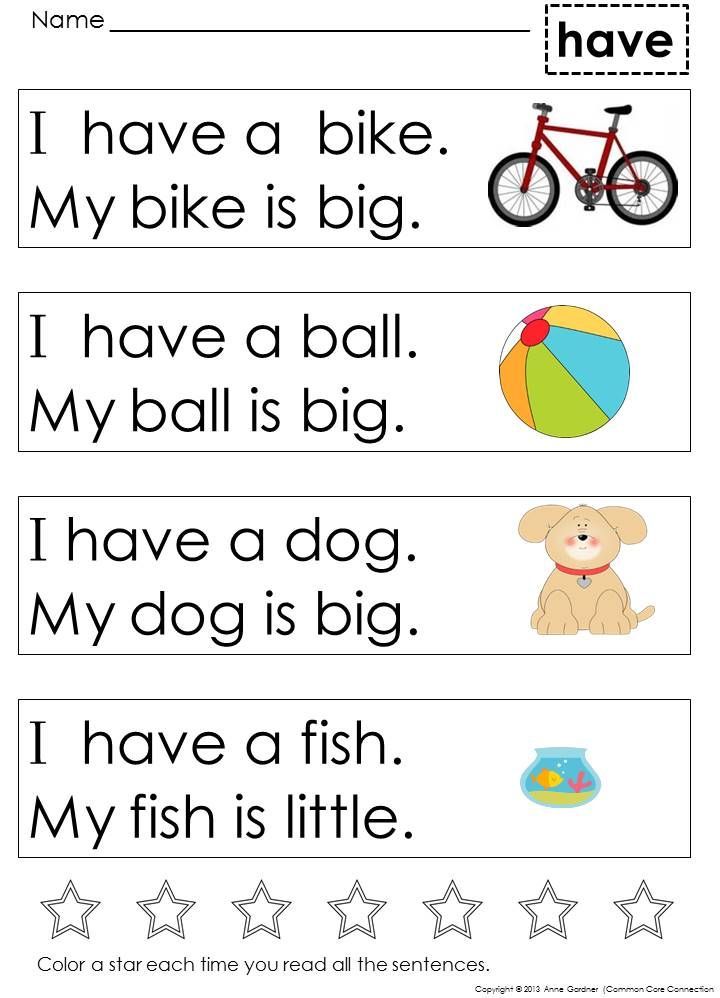 For example, you show the letter "m" and say: "This is the letter m (not em )". If a child remembers the alphabetic names of letters ( em , es, ef and so on), it will be quite difficult for him to learn to read. Then, when he sees the word ra-ma in the book, he will try to pronounce er-a-um-a .
For example, you show the letter "m" and say: "This is the letter m (not em )". If a child remembers the alphabetic names of letters ( em , es, ef and so on), it will be quite difficult for him to learn to read. Then, when he sees the word ra-ma in the book, he will try to pronounce er-a-um-a .
Go from simple to complex
Once the child has memorized a few letters (from 2 to 5) and the sounds they represent, move on to syllables. Let the words consisting of repeated syllables be the first: mum, dad, uncle, nanny . In this case, it is not necessary to break the syllable into separate sounds. Do not say: "These are the letters m and a , and together they read ma ". Immediately learn that the syllable is pronounced like ma , otherwise the baby may start to read letter by letter. After mastering simple combinations, move on to more complex ones: cat, zhu-k, house .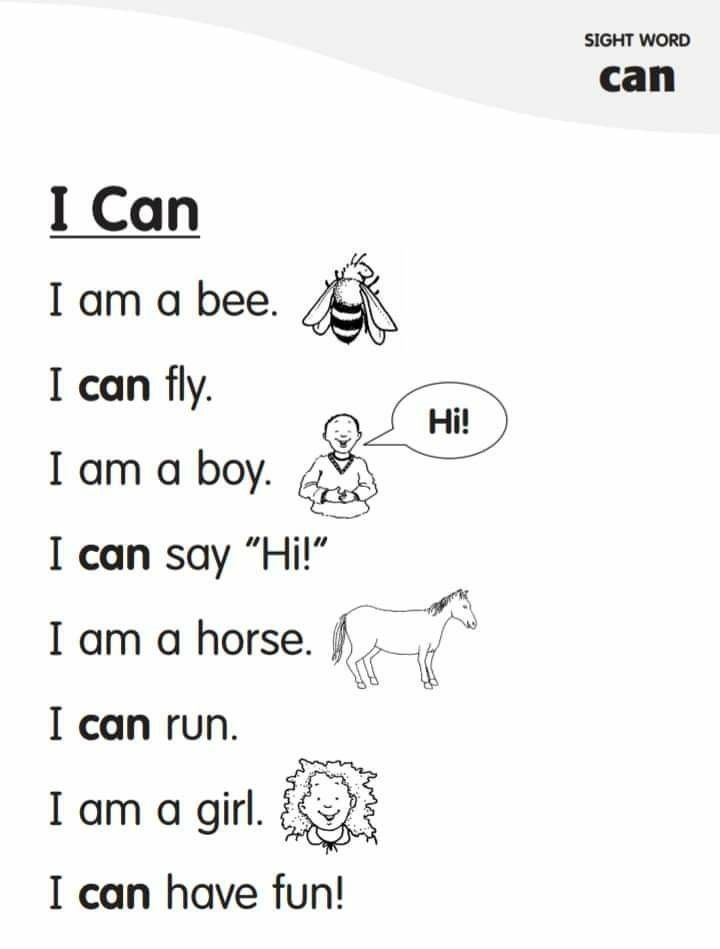
Help to understand the meaning of what they read
Do this when the child begins to slowly but surely reproduce words and whole sentences in syllables. For example, the kid read: "Mom washed the frame." Stop and ask: “What did you just read about?”. If he finds it difficult to answer, let him read the sentence again. And you ask more specific questions: “Who washed the frame? What did mom wash?
Show that letters are everywhere
Play a game. Let the child find the letters that surround him on the street and at home. These are the names of stores, and memos on information stands, and advertising on billboards, and even traffic light messages: it happens that the inscription “Go” lights up on green, and “Wait so many seconds” on red.
Play
And play again. Stack blocks with letters and syllables, make up words, ask your child to read you some kind of sign or inscription on the packaging in the store.
Natalia Zharikova
There are many exercises for memorizing letters.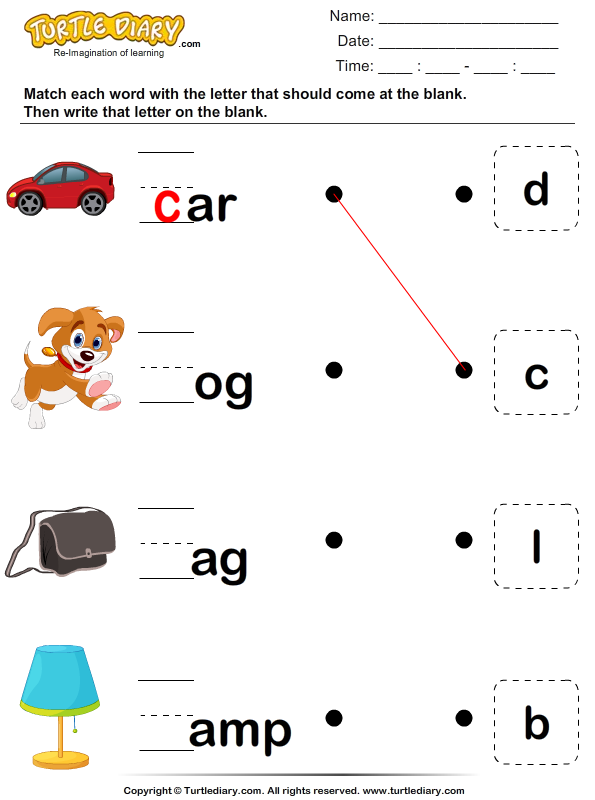 For example, circle the desired letter among a number of others, circle the correctly written among the incorrect ones, color or shade. You can also ask the child to tell what the letter looks like.
For example, circle the desired letter among a number of others, circle the correctly written among the incorrect ones, color or shade. You can also ask the child to tell what the letter looks like.
Use every opportunity to practice
Whether you are waiting in line at the clinic or driving somewhere, take out a book with pictures and short stories to accompany them and invite your child to read together.
Build on your success
Repeat familiar texts, look for familiar characters in new stories. Runaway Bunny is found both in "Teremka" and "Kolobok".
Do not force
This is perhaps the most important thing. Don't take away a child's childhood. Learning should not go through violence and tears.
What techniques to use to teach your child to read
Here are six popular, affordable and effective techniques. Choose one or try several and choose the one that interests your child the most.
1. ABCs and primers
Frame: This is all mine / YouTube Traditional, but the longest way.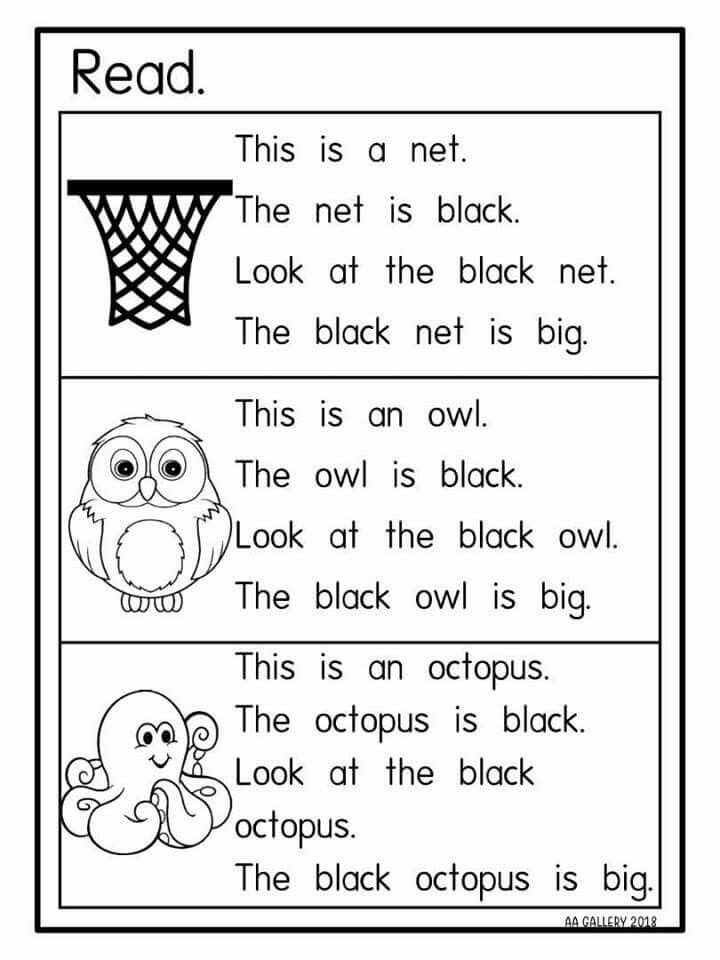 The difference between these books is that the alphabet fixes each letter with a mnemonic picture: a drum will be drawn on the page with B , and a spinning top next to Yu . The alphabet helps to remember letters and often interesting rhymes, but will not teach you how to read.
The difference between these books is that the alphabet fixes each letter with a mnemonic picture: a drum will be drawn on the page with B , and a spinning top next to Yu . The alphabet helps to remember letters and often interesting rhymes, but will not teach you how to read.
The primer consistently teaches the child to combine sounds into syllables, and syllables into words. This process is not easy and requires perseverance.
There are quite a lot of author's primers now. According to the books of Nadezhda Betenkova, Vseslav Goretsky, Dmitry Fonin, Natalya Pavlova, children can study both with their parents before school and in the first grade.
Parents agree that one of the most understandable methods for teaching preschoolers is Nadezhda Zhukova's primer. The author simply explains the most difficult thing for a child: how to turn letters into syllables, how to read ma-ma , and not start naming individual letters me-a-me-a .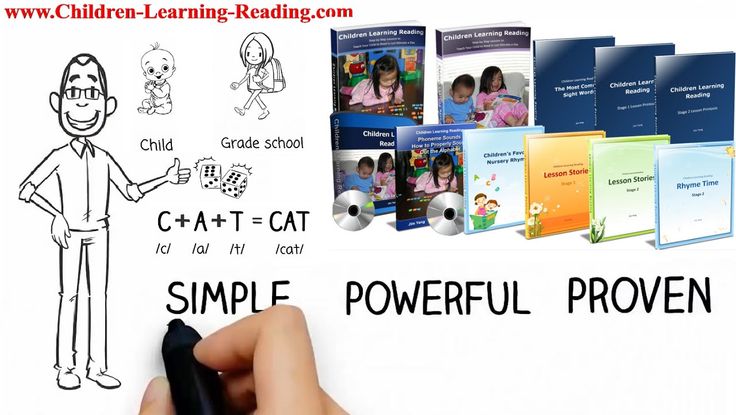
2. Zaitsev's Cubes
Shot: Little Socrates / YouTubeIf a child consistently masters letters and syllables while learning from an ABC book, then in 52 Zaitsev's Cubes he is given access to everything at once: a single letter or combinations of consonant and vowel, consonant and hard or soft sign.
The child effortlessly learns the differences between voiceless and voiced sounds, because the cubes with voiceless consonants are filled with wood, and the cubes with voiced consonants are filled with metal.
The cubes also differ in size. The large ones depict hard warehouses, the small ones - soft ones. The author of the technique explains this by the fact that when we pronounce to (hard warehouse), the mouth opens wide, nor (soft warehouse) - lips in a half smile.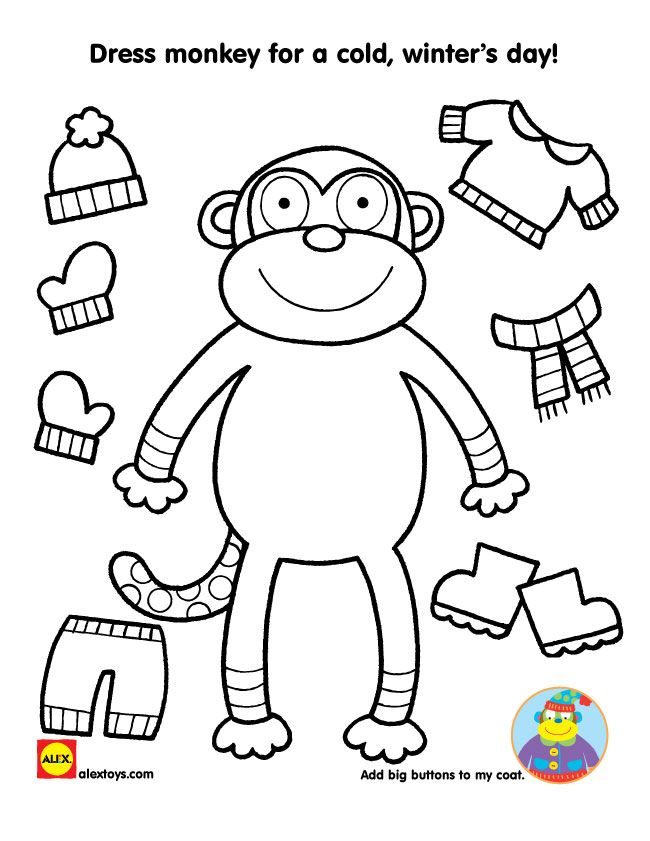
The set includes tables with warehouses that the parent sings (yes, he doesn’t speak, but sings).
The child quickly masters warehouse reading with the help of cubes. But there are also disadvantages: he may begin to swallow endings and face difficulties already at school when parsing a word by composition.
3. "Skladushki" and "Teremki" by Vyacheslav Voskobovich
Frame: Play and Toy Club / YouTubeIn "Skladushki" Vyacheslav Voskobovich reworked Zaitsev's idea: 21 cards show all the warehouses of the Russian language with nice thematic pictures. Included is a CD with songs, the texts of which go under each picture.
Folders are great for kids who like looking at pictures. Each of them is an occasion to discuss with the child where the kitten is, what the puppy is doing, where the beetle flew.

It is possible to teach a child with these cards from the age of three. At the same time, it should be noted that the author of the methodology himself does not consider it necessary to force early development.
"Teremki" by Voskobovich consist of 12 wooden cubes with consonants and 12 cardboard cubes with vowels. First, the child gets acquainted with the alphabet and tries with the help of parents to come up with words that begin with each of the letters.
Then it's time to study the syllables. In the tower with the letter M is embedded A - and the first syllable is ma . From several towers you can lay out words. Learning is based on play. So, when replacing the vowel , house will turn into smoke .
You can start playing tower blocks from the age of two. At the same time, parents will not be left alone with the cubes: the kit includes a manual with a detailed description of the methodology and game options.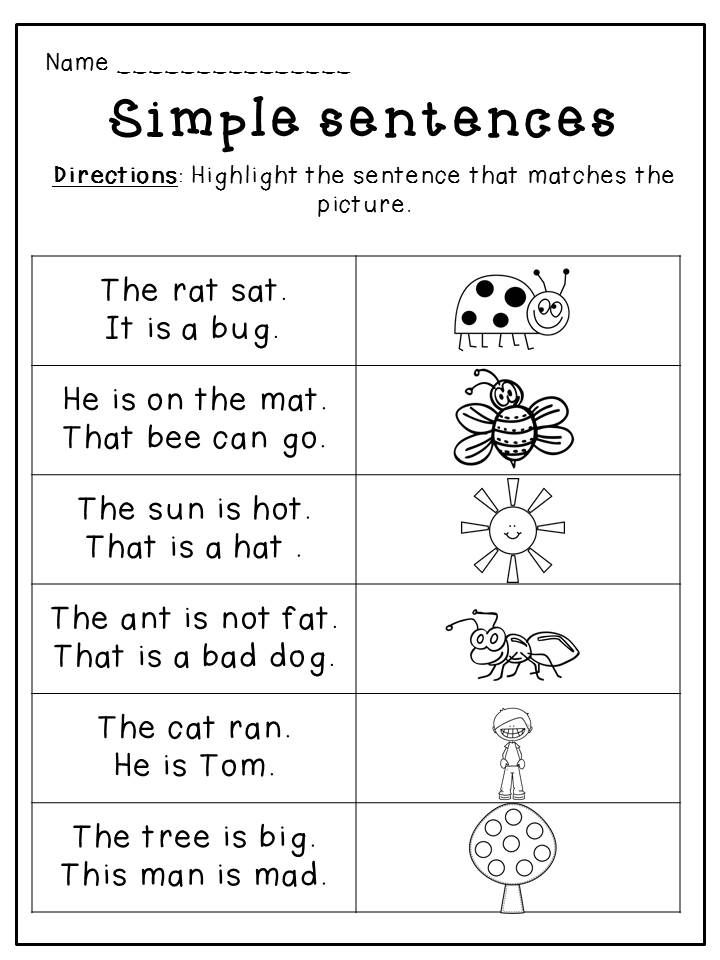
4. Chaplygin's dynamic cubes
Shot: Both a boy and a girl! Children's channel - We are twins / YouTubeEvgeny Chaplygin's manual includes 10 cubes and 10 movable blocks. Each dynamic block consists of a pair - a consonant and a vowel. The task of the child is to twist the cubes and find a pair.
At the initial stage, as with any other method of learning to read in warehouses, the child makes the simplest words from repeating syllables: ma-ma, pa-pa, ba-ba . The involved motor skills help to quickly remember the shape of the letters, and the search for already familiar syllables turns into an exciting game. The cubes are accompanied by a manual describing the methodology and words that can be composed.
The optimal age for classes is 4-5 years. You can start earlier, but only in the game format.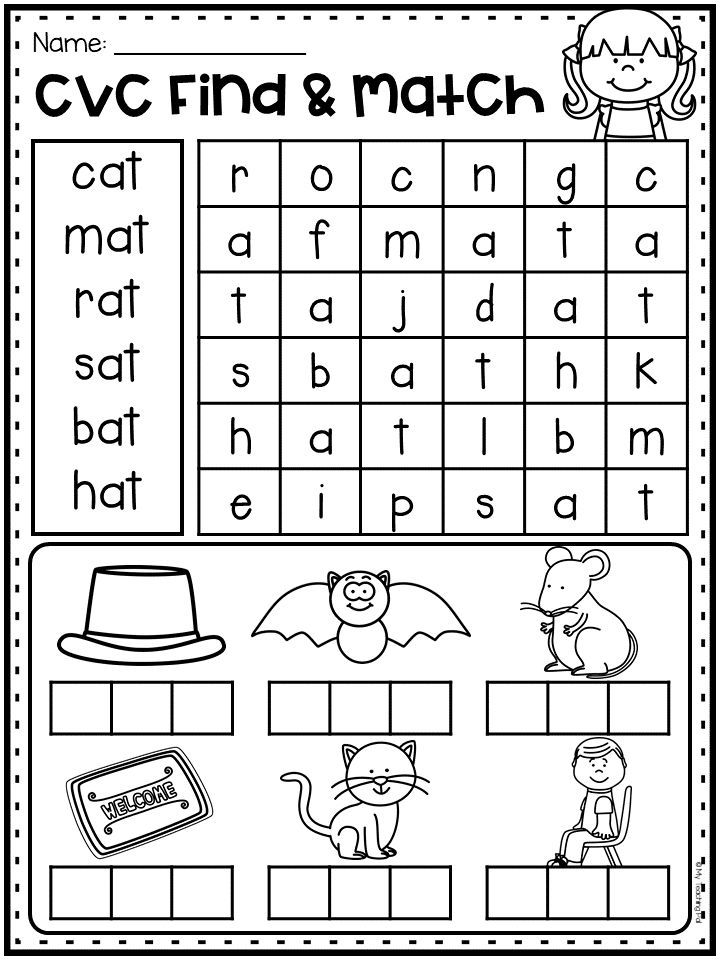
5. Doman's cards
Frame: My little star / YouTubeAmerican doctor Glenn Doman suggests teaching children not individual letters or even syllables, but whole words. Parents name and show the child the words on the cards for 1-2 seconds. In this case, the baby is not required to repeat what he heard.
Classes start with 15 cards with the simplest concepts like females and males . Gradually, the number of words increases, those already learned leave the set, and the child begins to study phrases: for example, color + object, size + object.
How can one understand that a child has understood and memorized the visual image of a word, if the author of the methodology recommends starting classes from birth? Glenn Doman in "The Harmonious Development of the Child" strongly emphasizes that it is not necessary to arrange tests and checks for the child: kids do not like this and lose interest in classes.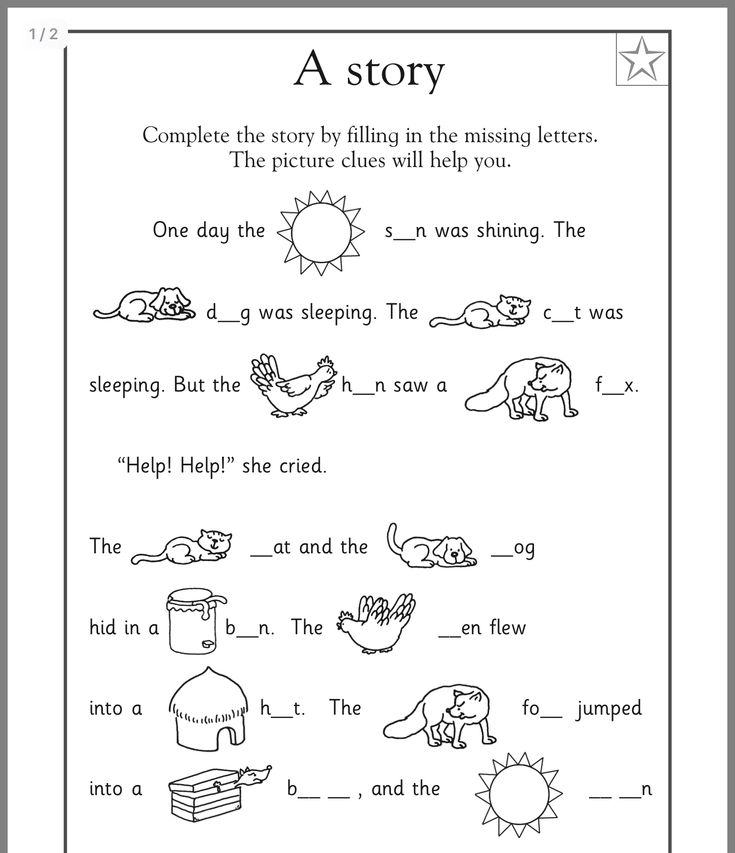
It's better to remember 50 cards out of 100 than 10 out of 10.
Glenn Doman
But given that parents can't help but check, he advises the child to play the game if they want and are ready. For example, you can put a few cards and ask to bring one or point to it.
Today, psychologists, neurophysiologists and pediatricians agree that the Doman method is aimed not at teaching reading, but at mechanical memorization of visual images of words. The child turns out to be an object of learning and is almost deprived of the opportunity to learn something on his own.
It is also worth adding: in order to proceed to the stage of reading according to Doman, parents need to prepare cards with all (!) Words that are found in a particular book.
6. Montessori method
Photo: Kolpakova Daria / Shutterstock Montessori reading comes from the opposite: first we write and only then we read. Letters are the same pictures, so you first need to learn how to draw them and only then engage in pronunciation and reading.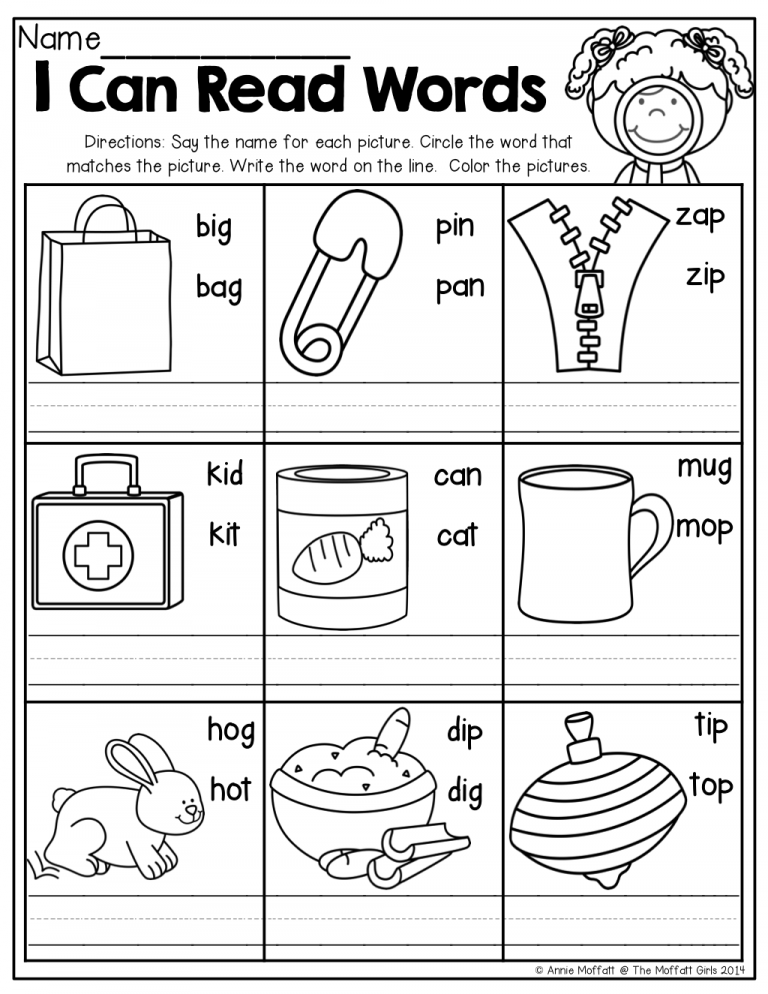 Children begin by tracing and shading the letters, and through this, they memorize their outline. When several vowels and consonants have been studied, they move on to the first simple words.
Children begin by tracing and shading the letters, and through this, they memorize their outline. When several vowels and consonants have been studied, they move on to the first simple words.
Much attention is paid to the tactile component, so children can literally touch the alphabet cut out of rough or velvety paper.
The value of the method lies in learning through play. So, you can put a rough letter and a plate of semolina in front of the child and offer to first circle the sign with your finger, and then repeat this on the semolina.
The difficulty for parents is to purchase or prepare a significant amount of handouts. But you can try to make cards with your own hands from cardboard and sandpaper.
What's the result
On the Internet and on posters advertising "educators", you will be offered ultra-modern methods of teaching your child to read at three, two years old or even from birth.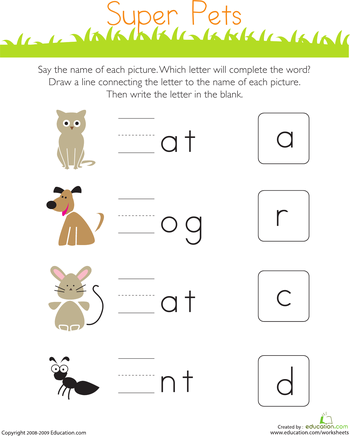 But let's be realistic: a happy mother is needed a year, not developmental classes.
But let's be realistic: a happy mother is needed a year, not developmental classes.
The authors of the methods as one insist that the most natural learning process for a child is through play, and not through classes in which the parent plays the role of a strict controller. Your main assistant in learning is the curiosity of the child himself.
Some children will study for six months and start reading at three, others have to wait a couple of years to learn in just a month. Focus on the interests of the child. If he likes books and pictures, then primers and Folders will come to the rescue. If he is a fidget, then cubes and the Montessori system are better suited.
In learning to read, everything is simple and complex at the same time. If your child often sees you with a book, you have a tradition of reading before bed, your chances of getting your baby interested in reading will increase significantly.
See also 🧐
- How to teach a child to keep promises
- How to teach a child to say the letter "r"
- How to teach a child to ride a bicycle
- How to teach a child to swim
- How to teach a child to write
How to teach a child to read: techniques from an experienced teacher
At what age should children start learning to read?
“But still, the starting point for the first steps in this matter should not be a specific age, but the child himself.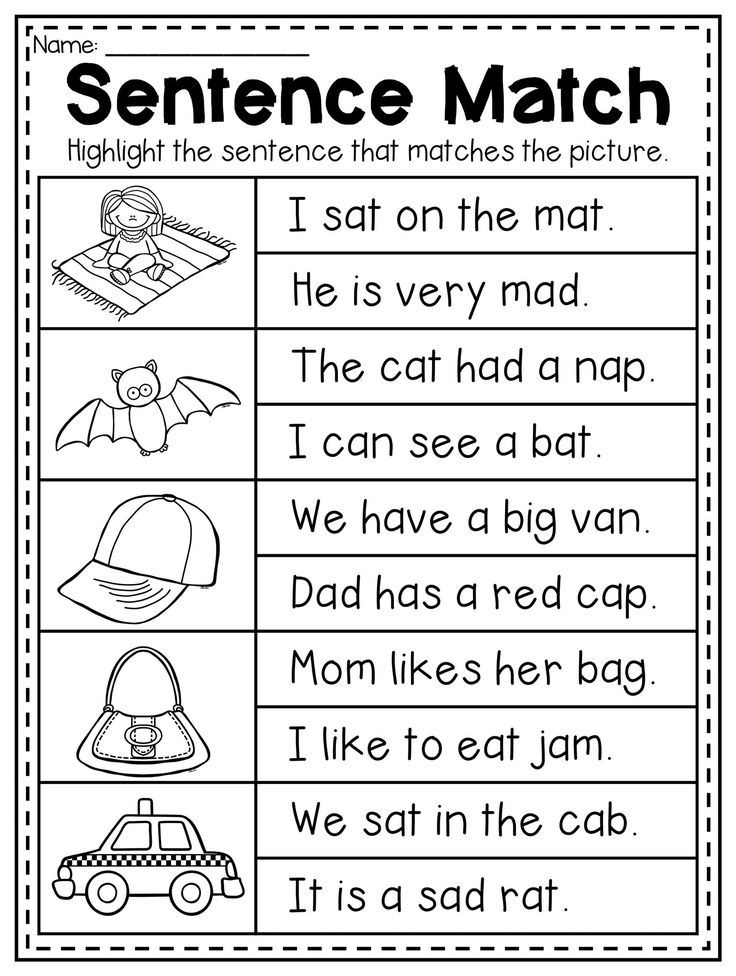 There are children who are ready to master the skill as early as 3-4 years old, and there are those who "mature" closer to grade 1. Once I worked with a boy who could not read at 6.5 years old. He knew letters, individual syllables, but he could not read. As soon as we began to study, it became clear that he was absolutely ready for reading, in two months he began to read perfectly in syllables, ”said Speranskaya.
There are children who are ready to master the skill as early as 3-4 years old, and there are those who "mature" closer to grade 1. Once I worked with a boy who could not read at 6.5 years old. He knew letters, individual syllables, but he could not read. As soon as we began to study, it became clear that he was absolutely ready for reading, in two months he began to read perfectly in syllables, ”said Speranskaya.
How to teach a child to read quickly and correctly
The first thing you need to teach your baby is the ability to correlate letters and sounds. “In no case should a child be taught the names of letters, as in the alphabet: “em”, “be”, “ve”. Otherwise, training is doomed to failure. The preschooler will try to apply new knowledge in practice. Instead of reading [mom], he will read [me-a-me-a]. You are tormented by retraining, ”the speech therapist warned.
Therefore, it is important to immediately give the child not the names of the letters, but the sounds they represent.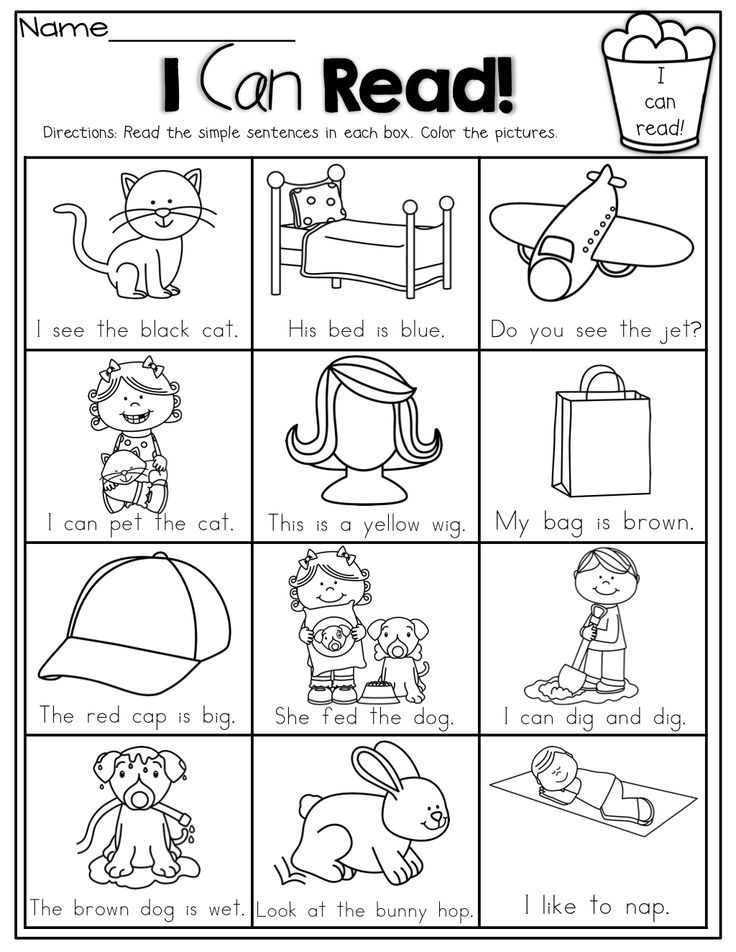 Not [be], but [b], not [em], but [m]. If the consonant is softened by a vowel, then this should be reflected in the pronunciation: [t '], [m'], [v '], etc.
Not [be], but [b], not [em], but [m]. If the consonant is softened by a vowel, then this should be reflected in the pronunciation: [t '], [m'], [v '], etc.
To help your child remember the graphic symbols of letters, make a letter with him from plasticine, lay it out using buttons, draw with your finger on a saucer with flour or semolina. Color the letters with pencils, draw with water markers on the side of the bathroom.
“At first it will seem to the child that all the letters are similar to each other. These actions will help you learn to distinguish between them faster, ”said the speech therapist.
As soon as the baby remembers the letters and sounds, you can move on to memorizing syllables.
close
100%
How to teach your child to join letters into syllables
“Connecting letters into syllables is like learning the multiplication table. You just need to remember these combinations of letters, ”the speech therapist explained.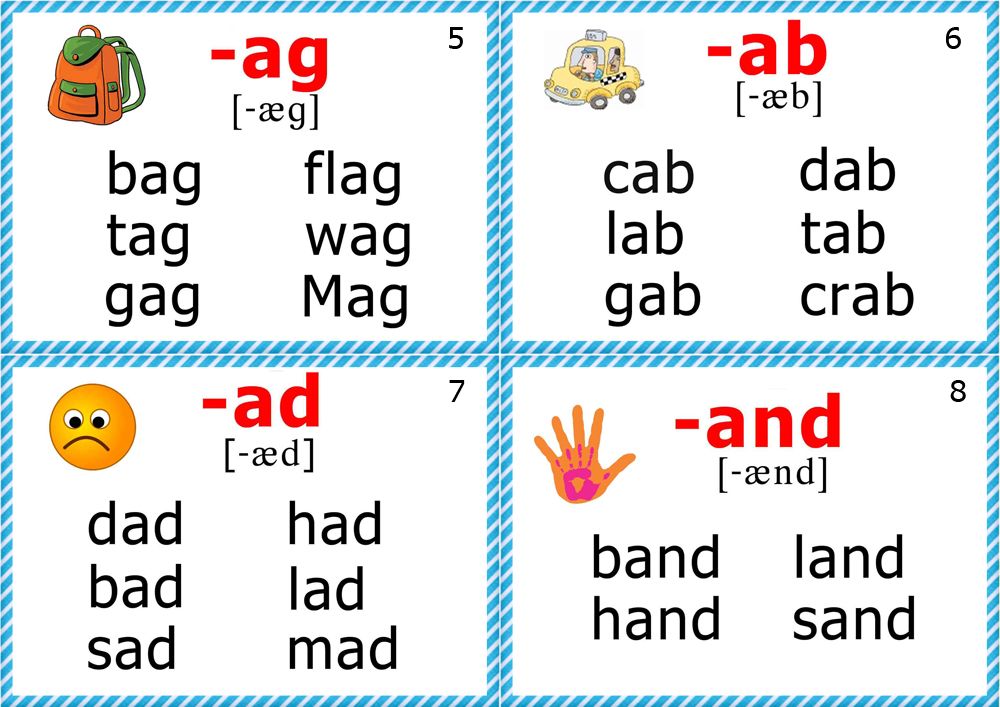
Naya Speranskaya noted that most of the manuals offer to teach children to read exactly by syllables. When choosing, two nuances should be taken into account:
1. Books should have little text and a lot of pictures.
2. Words in them should not be divided into syllables using large spaces, hyphens, long vertical lines.
“All this creates visual difficulties in reading. It is difficult for a child to perceive such a word as something whole, it is difficult to “collect” it from different pieces. It is best if there are no extra spaces or other separating characters in the word, and syllables are highlighted with arcs directly below the word, ”the speech therapist explained.
According to Speranskaya, cubes with letters are also suitable for studying syllables - playing with them, the child will quickly remember the combinations.
Another way to gently help your child learn letters and syllables is to print them in large print on paper and hang them all over the apartment.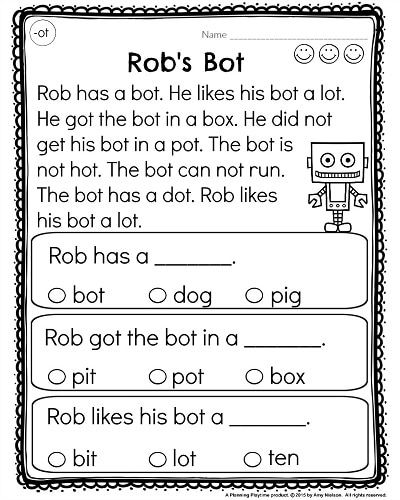
“Hang them on the refrigerator, on the board in the nursery, on the wall in the bathroom. When such leaflets are hung throughout the apartment, you can inadvertently return to them many times a day. Do you wash your hands? Read what is written next to the sink. Is the child waiting for you to give him lunch? Ask him to name which syllables are hanging on the refrigerator. Do a little, but as often as possible. Step by step, the child will learn the syllables, and then slowly begin to read,” the specialist said.
Speranskaya is sure that in this way the child will learn to read much faster than after daily classes, when parents seat the child at the table with the words: "Now we will study reading ..."
“If it is very difficult for you to give up such activities, then pay attention that the nervous system of preschoolers is not yet ripe for long and monotonous lessons. Children spend enormous efforts on the analysis of graphic symbols. Learning to read for them is like learning a very complex cipher.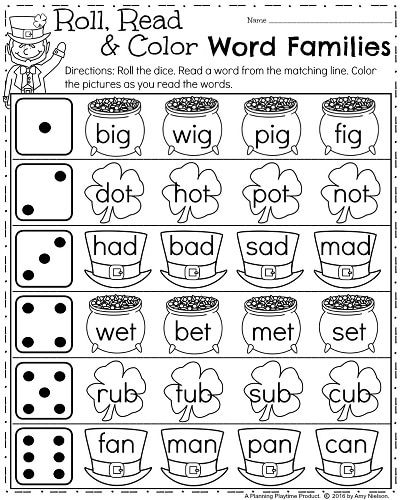 Therefore, it is necessary to observe clear timing in such classes. At 5.5 years old, children are able to hold attention for no more than 10 minutes, at 6.5 years old - 15 minutes. That's how long one lesson should last. And there should be no more than one such “lessons” a day, unless, of course, you want the child to lose motivation for learning even before school,” the speech therapist explained.
Therefore, it is necessary to observe clear timing in such classes. At 5.5 years old, children are able to hold attention for no more than 10 minutes, at 6.5 years old - 15 minutes. That's how long one lesson should last. And there should be no more than one such “lessons” a day, unless, of course, you want the child to lose motivation for learning even before school,” the speech therapist explained.
How to properly explain to a child how to divide words into syllables
When teaching a child to divide words into syllables, use a pencil. Mark syllables with a pencil using arcs.
close
100%
“Take the word dinosaur. It can be divided into three syllables: "di", "but", "zavr". The child will read the first syllables without difficulty, but it will be difficult for him to master the third. The kid cannot look at three or four letters at once. Therefore, I propose to teach to read not entirely by syllables, but by the so-called syllables. This is when we learn to read combinations of consonants and vowels, and we read the consonants separately.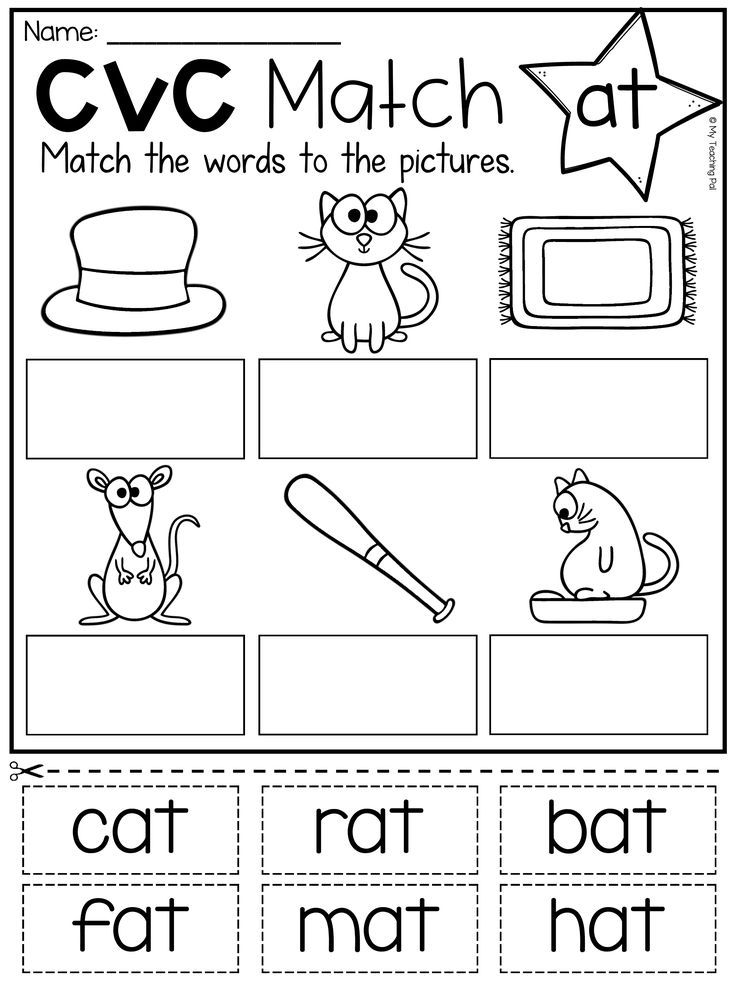 For example, we will read the word "dinosaur" like this: "di" "but" "for" "in" "p" The last two letters are read separately from "for". If you immediately teach a child to read by syllables, he will quickly master complex words and move on to fluent reading, ”the speech therapist is sure.
For example, we will read the word "dinosaur" like this: "di" "but" "for" "in" "p" The last two letters are read separately from "for". If you immediately teach a child to read by syllables, he will quickly master complex words and move on to fluent reading, ”the speech therapist is sure.
In a text, syllables can be denoted in much the same way as syllables. Vowel + consonant with the help of an arc, and a separate consonant with the help of a dot.
Naya Speranskaya gave parents a recommendation to memorize syllables/syllable fusions for as long as possible, and move on to texts only when the child suggests it himself.
“If a preschooler is not eager to read, then there is no need to put pressure on him. Automate syllables. Take your time. Learning should take place gradually, from simple to complex. The reading technique develops over time, ”added Speranskaya.
Another important clarification from the speech therapist: when the child begins to read words and then sentences, parents need to clarify the meaning of what they read.